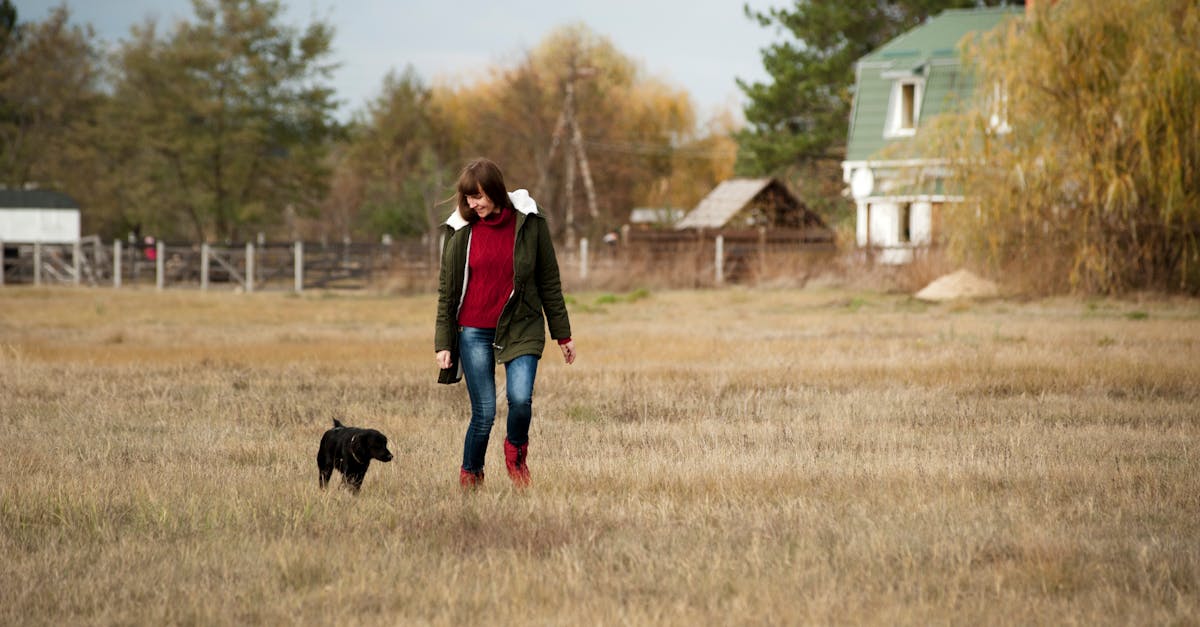Dog Foster Homes: Help Shelter Dogs Find Loving Families Today
Discover the vital role of dog foster homes in transforming the lives of shelter dogs. This article delves into the rewarding experience of providing temporary care, alleviating shelter overcrowding, and preparing dogs for adoption. Learn about the benefits of fostering, the types of dogs in need, and essential steps to become a foster parent.
Every year, countless dogs find themselves in shelters, waiting for a loving home. But what if we told you there’s a way to make a real difference without committing to a lifelong companion? Dog foster homes offer a unique opportunity for us to provide temporary care for these furry friends, giving them a safe space while they await their forever families.
Fostering not only helps alleviate the burden on overcrowded shelters but also enriches our lives in unexpected ways. Imagine the joy of nurturing a pup, watching them grow, and preparing them for adoption. It’s a rewarding experience that brings love and companionship into our homes, even if just for a little while. Join us as we explore the incredible impact of dog foster homes and how we can all play a part in this heartwarming journey.
Understanding Dog Foster Homes
Temporary care for dogs plays a vital role in their transition to permanent homes. Providing a caring environment helps address their individual needs while reducing shelter overcrowding.
Benefits of Fostering Dogs
Fostering dogs offers many advantages for both the dogs and foster caregivers. We help reduce overcrowding in shelters, allowing more animals to find homes. We gain valuable experience in dog care, providing enrichment and training that enhances the dog’s social skills. Emotional bonds formed during this period lead to personal fulfillment, as we witness the dog’s growth and eventual adoption. Participating in fostering also encourages community involvement, connecting us with fellow animal lovers and rescue organizations.
Common Needs for Foster Care
Dogs in foster care often require exact support to thrive. We must ensure a safe, clean living space that allows for proper exercise and socialization. Basic veterinary needs, including vaccinations and check-ups, must be met regularly. Behavioral training helps address challenges, while providing adequate mental stimulation fosters happiness. Meal planning focused on nutrition and proper feeding schedules are essential for health. Each dog may have unique needs, and it’s crucial to identify and cater to these requirements.
Becoming a Dog Foster Parent
Fostering dogs requires commitment and a desire to provide care for dogs in need. By stepping into the role of foster parent, we contribute to the wellbeing of these animals and help prepare them for a loving forever home.
Steps to Start Fostering
- Find a Rescue Group or Shelter:
We can locate a local animal shelter or rescue group that offers a foster program, such as Bideawee, Animal Care Centers of NYC (ACC), or New York City Second Chance Rescue (SCR). - Attend an Orientation or Complete an Application:
Many organizations require attendance at an orientation or completion of a foster application. Programs like ACC offer virtual orientations, while SCR necessitates filling out an application followed by a phone interview. - Approval Process:
Following application submission, we undergo an approval process. This may involve a home visit or interview, ensuring our living space meets the standards for providing a safe environment for a dog.
- Age and Responsibility:
Most organizations set an age limit, typically 18 years or older, to ensure responsible care. - Living Situation:
A stable and secure living environment is crucial. We must have space available for the dog, including a safe area for play and relaxation. - Time Commitment:
Fostering requires a commitment to daily care, socialization, and exercise. We should be ready to dedicate time to meet each dog’s individual needs. - Financial Responsibility:
Some costs, such as food, supplies, and vet care, might be covered by the organization. We should generally expect to contribute to the dog’s upkeep during the fostering period.
Types of Foster Dogs
Foster homes cater to various dogs, each requiring exact support and care. Understanding these categories helps us prepare for the unique challenges and rewards of fostering.
Puppies and Nursing Mothers
Puppies, often too young for adoption, frequently need our assistance. We provide temporary homes for those needing bottle feeding, particularly when their mothers aren’t present. Also, nursing mothers and their litters thrive in a nurturing environment, ensuring healthy growth and socialization. For example, fostering allows us to help puppies learn essential skills, setting them up for successful adoptions.
Adult Dogs
Adult dog fostering occurs for several reasons, improving their chances of finding permanent homes. Dogs over 40 lbs. often experience stress in shelters but flourish in calmer home settings. We also provide crucial socialization for those with limited previous exposure to home life or human interaction. Through fostering, we help these dogs adjust and learn what it’s like to be part of a family, easing their transition to a forever home.
Dogs with Special Needs
Special needs dogs present unique fostering opportunities. These dogs may require extra care, rehabilitation, or behavioral support. We can offer them a tranquil space where they can thrive physically and emotionally. For instance, senior dogs may need specialized diets or regular veterinary check-ups, while dogs with behavioral issues benefit from consistent routines and training. By fostering these dogs, we contribute to their healing journey, increasing their chances of adoption.
Support for Foster Parents
Foster parents receive essential resources and support to help the care and rehabilitation of dogs in need. Organizations and shelters play a vital role in this process.
Resources and Training
We access a range of resources, including food, veterinary care, and necessary supplies to support our caregiving roles. Many organizations provide specialized training focused on managing behavioral issues and addressing the exact needs of each dog. For instance, behavioral rehabilitation and socialization techniques help ensure that dogs adapt well to family life. Statistics indicate that caregivers receiving comprehensive support and training significantly boost dogs’ chances of becoming adoptable companions.
Community and Networking
We engage with a supportive community of fellow foster parents and organizations. This network allows us to share experiences, advice, and resources, fostering a collaborative environment. Opportunities for networking include local events, online forums, and social media groups. These connections offer insights into effective strategies for dog care and enhance our ability to provide customized support for each dog’s unique requirements. Access to a robust community strengthens our efforts and elevates the overall fostering experience.
Challenges of Fostering
Fostering dogs presents several unique challenges that require careful consideration and preparation.
Emotional Impact
Fostering dogs can lead to important emotional highs and lows. We form close bonds with the animals in our care, making the eventual separation difficult. Experiencing joy in their progress and development also carries the weight of potential grief when they find permanent homes. Continuous emotional support and self-care help navigate these ups and downs while promoting resilience.
Managing Multiple Pets
Managing multiple pets during the fostering process presents additional challenges. We must carefully introduce foster dogs to our existing pets, ensuring a smooth transition while minimizing jealousy and conflict. Establishing separate spaces for each animal helps to maintain harmony. Monitoring interactions also identifies any issues early, allowing us to manage behaviors and minimize stress for everyone involved.
Conclusion
Fostering dogs is a fulfilling way for us to make a real difference in the lives of shelter animals. By opening our homes and hearts we not only help alleviate overcrowding but also prepare these dogs for their forever families. The connections we form during this journey enrich our lives while providing essential care for dogs in need.
As we consider becoming foster parents we can look forward to the support from local shelters and the shared experiences within our fostering community. Each dog we help brings us one step closer to a industry where every pet has a loving home. Embracing this opportunity allows us to be part of something greater while experiencing the joy of nurturing and loving these incredible animals.

